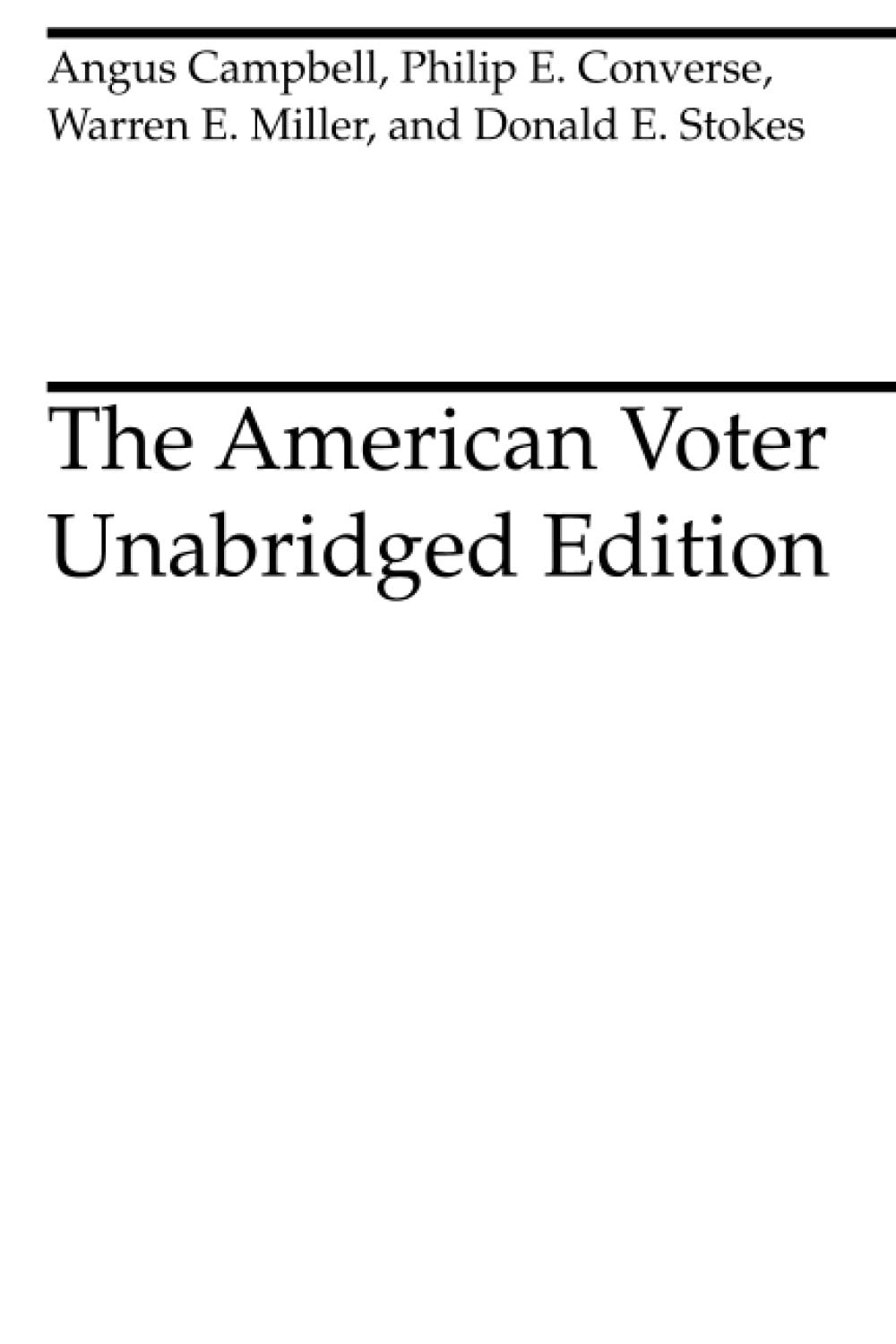This book, The American Voter, first published in 1960, is the Bible of my subfield in political science: political behavior.
Political behavior is the study of the way people think, feel, and act with regard to politics and includes everyone from political office holders and candidates (elites) to your average man on the street voters.
As soon as phone…
Keep reading with a 7-day free trial
Subscribe to The Cycle- On Substack to keep reading this post and get 7 days of free access to the full post archives.




